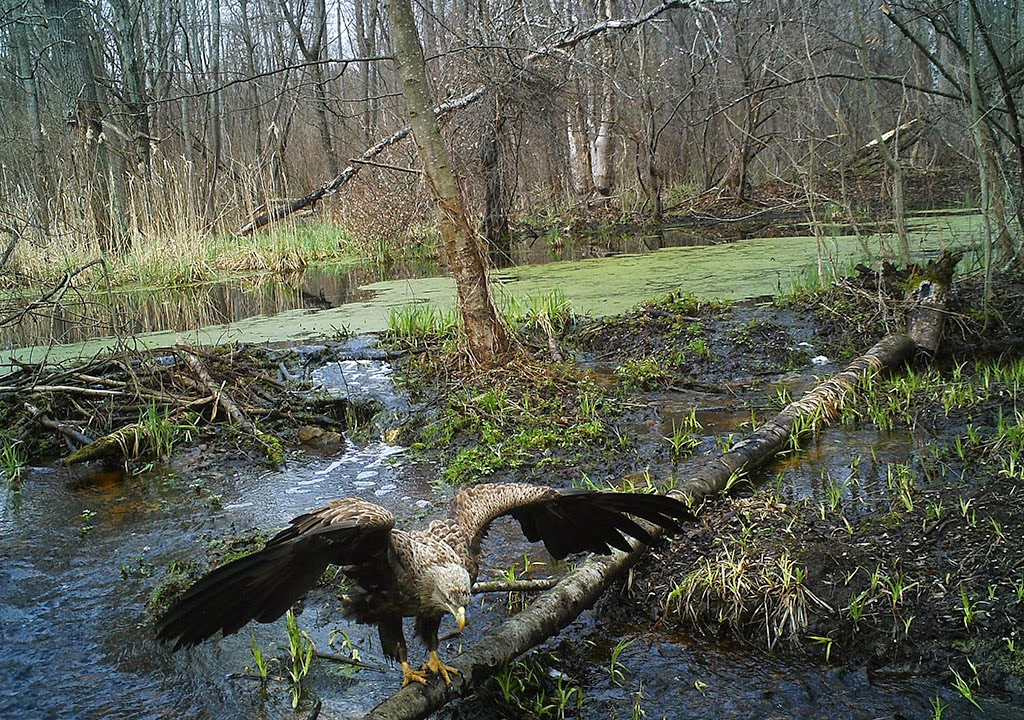Camera traps set up in the Chernobyl Exclusion Zone have photographed many species of wildlife roaming the forests.
The cameras are part of a five-year project to monitor wildlife in the 30km exclusion zone around the former nuclear power plant, which covers an area of approximately 2,600 km2.
Project leader Mike Wood told the broadcaster: "Our Ukrainian colleague, Sergey Gashchak, had several of his camera traps running in one of our central areas over the past few months in order to start to get a feel for what (wildlife) was there."
Many species of animals flourish in the (officially) human-free environment. A herd of Przewalski's horses, an endangered subspecies of wild horse once considered extinct in the wild, grew to around 200 members – until poachers reduced their number to about 60.
The Chernobyl disaster of 1986 led to lethal levels of radiation. The project, which aims to estimate the risk of radiation exposure to humans and wildlife., will run until the end of next year.
Source
The cameras are part of a five-year project to monitor wildlife in the 30km exclusion zone around the former nuclear power plant, which covers an area of approximately 2,600 km2.
Project leader Mike Wood told the broadcaster: "Our Ukrainian colleague, Sergey Gashchak, had several of his camera traps running in one of our central areas over the past few months in order to start to get a feel for what (wildlife) was there."
Many species of animals flourish in the (officially) human-free environment. A herd of Przewalski's horses, an endangered subspecies of wild horse once considered extinct in the wild, grew to around 200 members – until poachers reduced their number to about 60.
The Chernobyl disaster of 1986 led to lethal levels of radiation. The project, which aims to estimate the risk of radiation exposure to humans and wildlife., will run until the end of next year.
Source









Is this the only place on Earth that these beautiful creatures can live unmolested, safe and free from being hunted? Because man can't or won't due to the contamination. Well so be it and God keep them safe.
Sad the project ends next year. Sadder yet. Poaching has already occurred there.